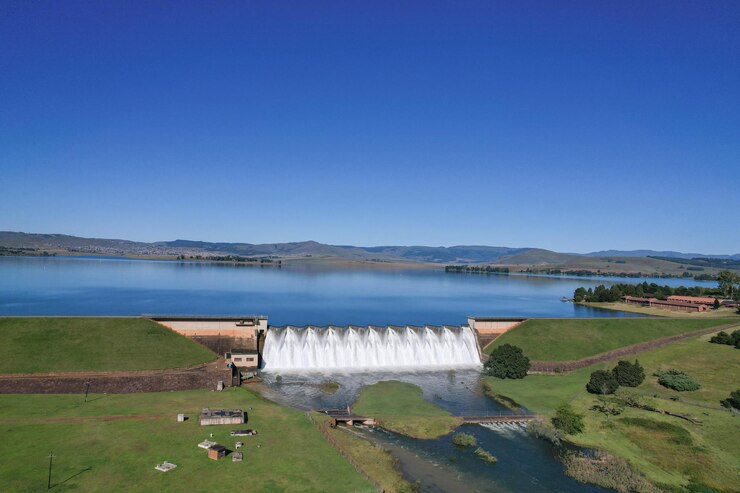Despite the recent heavy rainfall across Botswana, Gaborone Dam has recorded only a minor rise in water levels, now standing at 45.3%, up from 41.1% on February 3. The increase, though modest, highlights the dam’s slow recovery compared to other reservoirs in the country.
Dams Across the Country Overflowing
While Gaborone Dam struggles to fill up, other major dams across Botswana have seen significant inflows, with eight dams now exceeding 90% capacity. Notably, the Dikgatlhong, Letsibogo, Lotsane, Shashe, Bokaa, and Ntimbale dams have all surpassed 100% capacity, indicating an abundance of water supply in these regions.
Additionally, the Thune and Nnywane dams are also nearing full capacity, currently standing at 92.5% and 90.9%, respectively. This sharp contrast underscores the uneven distribution of water across the country’s catchment areas.
Molatedi Dam in South Africa Remains Critically Low
Meanwhile, Molatedi Dam in South Africa, which supplies water to parts of southeastern Botswana, remains critically low at 37.3%, only a slight improvement from 37.1%. The dam’s low levels could have implications for water security in some areas dependent on cross-border supply.
What This Means for Water Supply
The slow rise in Gaborone Dam’s water levels suggests that despite recent rainfall, more inflows are needed to stabilize water supply for the capital. On the other hand, the near-overflowing conditions of other major dams provide some relief for regions reliant on these reservoirs.
Authorities are expected to continue monitoring water levels and assessing the impact of rainfall on national water security, ensuring efficient water distribution to areas experiencing shortages.










